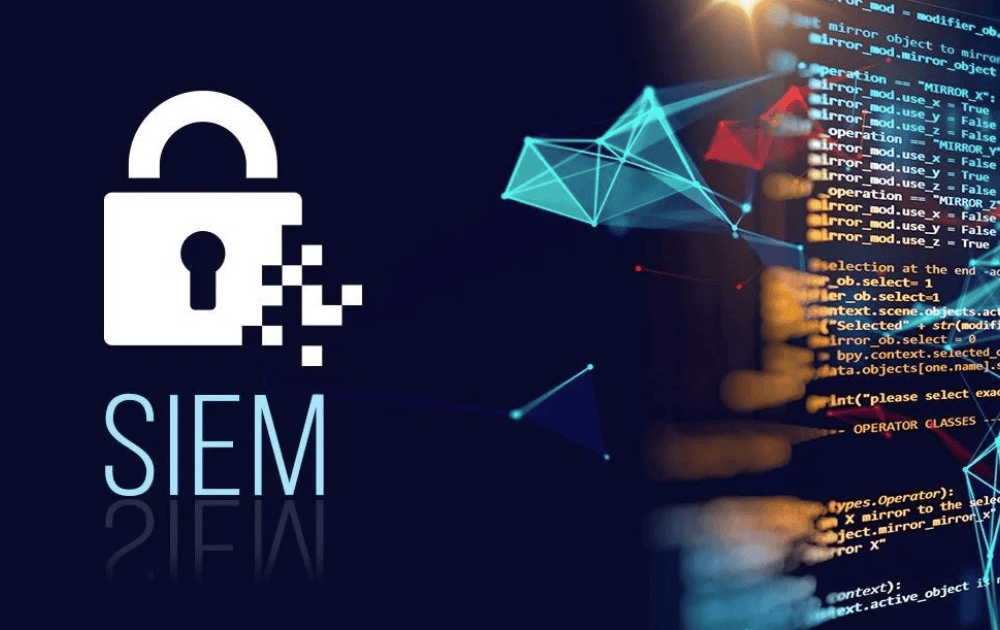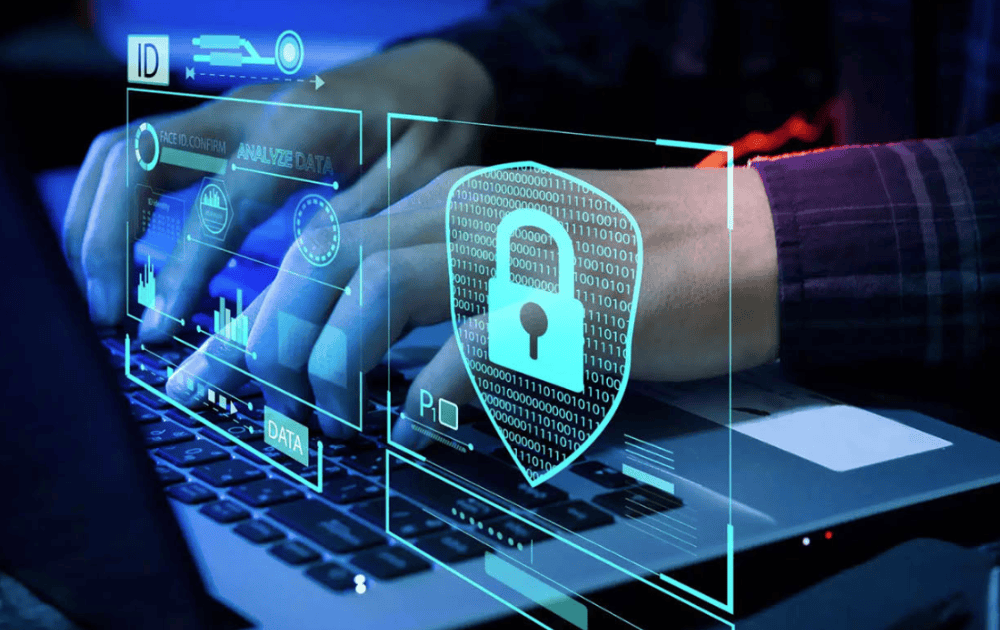Focusing on IT security, Security Information and Event Management (SIEM) plays a pivotal role in safeguarding organizations against cyber threats. Understanding the fundamental concepts of SIEM is essential for SMEs looking to fortify their cybersecurity measures.
What is SIEM?
SIEM is a comprehensive approach to security that involves the collection, aggregation, and analysis of security-related data from different sources within an organization's IT infrastructure. By correlating this data and generating real-time alerts, SIEM enables businesses to proactively identify and respond to security incidents, enhancing the overall effectiveness of IT support.
Importance of SIEM for SMEs
For SMEs, the adoption of SIEM offers significant advantages in enhancing their cybersecurity posture. By providing centralized visibility into the organization's security landscape, SIEM enables SMEs to streamline threat detection, incident response, and compliance management processes.
Embracing SIEM solutions tailored to the unique needs and resources of SMEs, organizations can effectively mitigate security risks, ensure regulatory compliance, and bolster their defense mechanisms against sophisticated cyber attacks.
Core Components of SIEM
Understanding Security Information and Event Management (SIEM), the core components are essential for optimizing cybersecurity measures within SMEs. The three key components of SIEM are log management, security information management, and security event management.
Log Management
Log management plays a pivotal role in SIEM by collecting, storing, and analyzing vast amounts of log data generated by various systems, applications, and devices within an organization's IT infrastructure. These logs provide valuable insights into user activities, network traffic, and system events, allowing security teams to track and investigate potential security incidents.
The effective management of logs involves centralized storage for easy accessibility and correlation of log data. By monitoring and analyzing logs in real-time, organizations can proactively identify security threats, unauthorized access attempts, and abnormal behavior that may indicate a security breach.
Security Information Management
Security Information Management focuses on the aggregation, normalization, and analysis of security-related data to provide a comprehensive view of an organization's security posture. This component involves the correlation of security data from multiple sources, such as firewalls, intrusion detection systems, and antivirus software, to detect patterns and anomalies indicative of security incidents.
Consolidating security information into a single platform, security teams can gain a holistic view of their organization's security status, identify vulnerabilities, and prioritize response efforts. This proactive approach is crucial for mitigating risks and safeguarding sensitive data against potential threats.

Security Event Management
Security Event Management encompasses the real-time monitoring, correlation, and prioritization of security events to enable swift incident response and threat remediation. This component focuses on identifying critical security events, such as unauthorized access attempts, malware infections, and data breaches, and triggering timely alerts for immediate action.
Understanding the core components of SIEM, including log management, security information management, and security event management, is essential for SMEs looking to bolster their cybersecurity defenses and mitigate potential risks effectively. By incorporating these components into their security strategy, organizations can proactively detect and respond to security incidents, safeguard critical assets, and maintain a secure and resilient IT environment.
Benefits of Implementing SIEM
Implementing Security Information and Event Management (SIEM) offers several key benefits for SMEs, providing enhanced security measures and proactive threat management. Let's explore the advantages of integrating SIEM into your organization:
Real-Time Monitoring and Alerts
One of the primary benefits of implementing SIEM is the ability to conduct real-time monitoring of your IT infrastructure. SIEM systems continuously aggregate and analyze data from various sources to identify potential security incidents. When suspicious activities or anomalies are detected, the system triggers alerts and notifications, allowing IT teams to respond swiftly to potential threats.
Threat Detection and Response
SIEM plays a crucial role in threat detection and response by correlating security events across your network. By analyzing data from multiple sources, including logs, network traffic, and endpoints, SIEM helps identify patterns of potential attacks or breaches. This proactive approach enables organizations to detect security incidents early, mitigate risks, and respond effectively to cyber threats.
Compliance Management
Maintaining compliance with industry regulations and standards is a significant concern for SMEs. SIEM solutions aid in compliance management by providing detailed audit trails and reports that demonstrate adherence to security policies and regulatory requirements. By centralizing and monitoring security events, SIEM helps organizations streamline compliance processes and ensure data protection practices align with industry guidelines.
In addition to these key benefits, implementing SIEM can also enhance incident response capabilities, improve security posture, and provide valuable insights into your network security environment. By embracing SIEM technology, SMEs can strengthen their cybersecurity defenses and safeguard against evolving cyber threats in today's digital landscape.
Challenges in SIEM Implementation
Embarking on the implementation of Security Information and Event Management (SIEM) solutions, SMEs may encounter various challenges that need to be addressed for a successful deployment. These challenges often revolve around cost considerations, complexity in integration, and the availability of necessary skills and resources.
Cost Considerations
Implementing a comprehensive SIEM system can pose financial challenges for SMEs, as it involves not only the initial investment in the technology itself but also ongoing costs for maintenance, updates, and staff training. The total cost of ownership for a SIEM solution can vary depending on factors such as the size of the organization, the complexity of IT infrastructure, and the chosen deployment model.
It's essential for SMEs to conduct a thorough cost-benefit analysis to determine the return on investment (ROI) of implementing a SIEM solution. This analysis should take into account both the direct costs related to hardware, software, and licenses, as well as the indirect costs associated with operational changes and potential business disruptions.
Complexity in Integration
Another key challenge in SIEM implementation is the complexity of integrating the SIEM system with existing IT infrastructure and security tools. SMEs often have diverse and interconnected IT environments, comprising different systems, applications, and devices. Ensuring seamless integration between the SIEM solution and these disparate elements can be a daunting task.
Integration challenges can arise from compatibility issues, data inconsistencies, and configuration requirements specific to each component of the IT environment. SMEs may need to invest time and resources in conducting thorough assessments of their existing infrastructure, establishing clear integration plans, and engaging with vendors and service providers to address any compatibility issues.

Skills and Resources
A critical challenge for SMEs considering SIEM implementation is the need for specialized skills and resources to effectively manage and operate the SIEM system. SIEM solutions require expertise in areas such as cybersecurity, IT operations, data analysis, and incident response. SMEs may face difficulties in finding or developing internal talent with the necessary skill set to configure, monitor, and maintain the SIEM platform.
Moreover, the deployment of a SIEM system often introduces additional workload and responsibilities for existing IT staff, who may already be stretched thin. SMEs need to assess their internal capabilities realistically and consider options such as outsourcing certain SIEM functions or investing in staff training and development to bridge any skills gaps.
Advance Your IT Capabilities with LK Tech
Proactively addressing challenges and adopting a strategic approach to Security Information and Event Management (SIEM) implementation, small and medium-sized enterprises (SMEs) can significantly enhance their security posture. This approach strengthens incident detection and response capabilities while ensuring compliance with industry regulations and standards. At LK Tech, we offer top-notch IT support tailored to your unique needs, helping your organization navigate the complexities of security management effectively. If you’re seeking an IT company in Cincinnati to bolster your security strategy, contact us today to discover how we can assist you!


